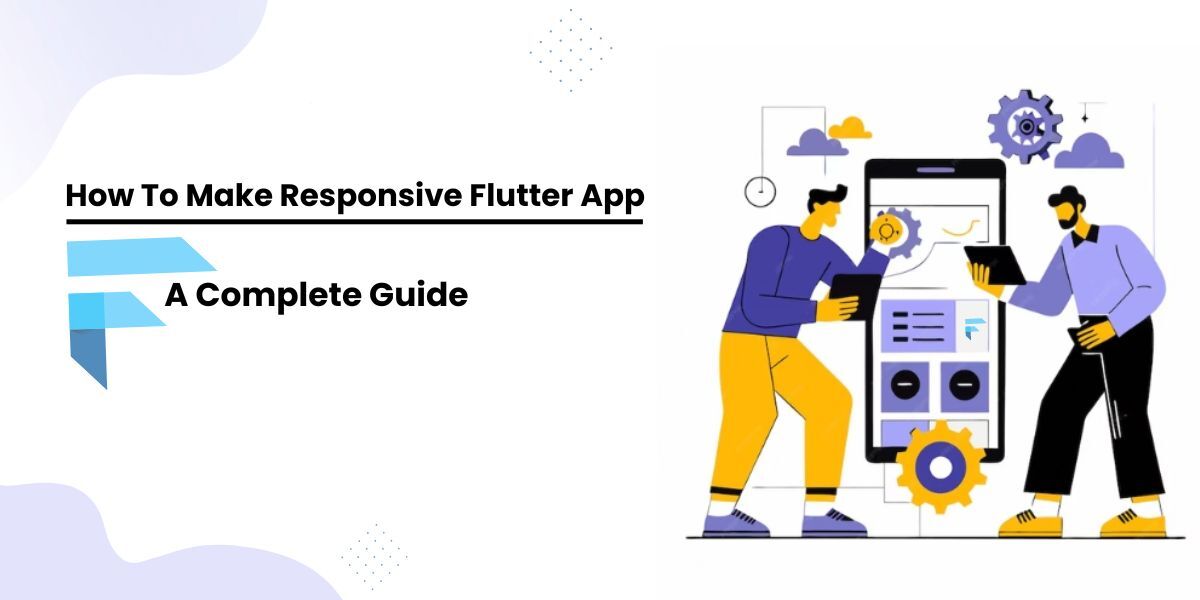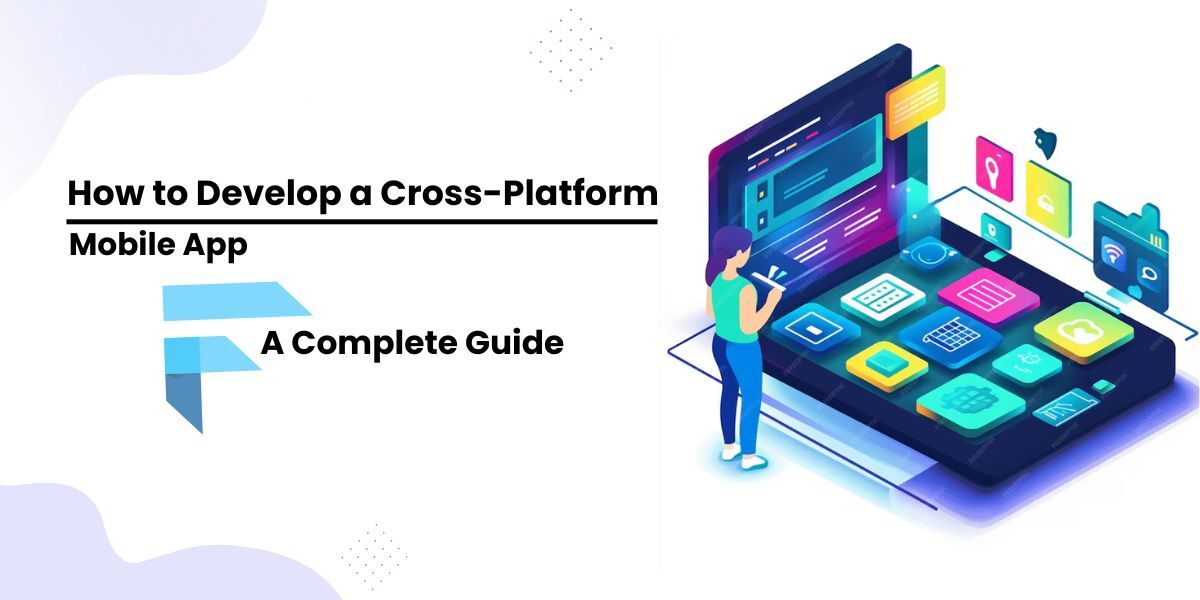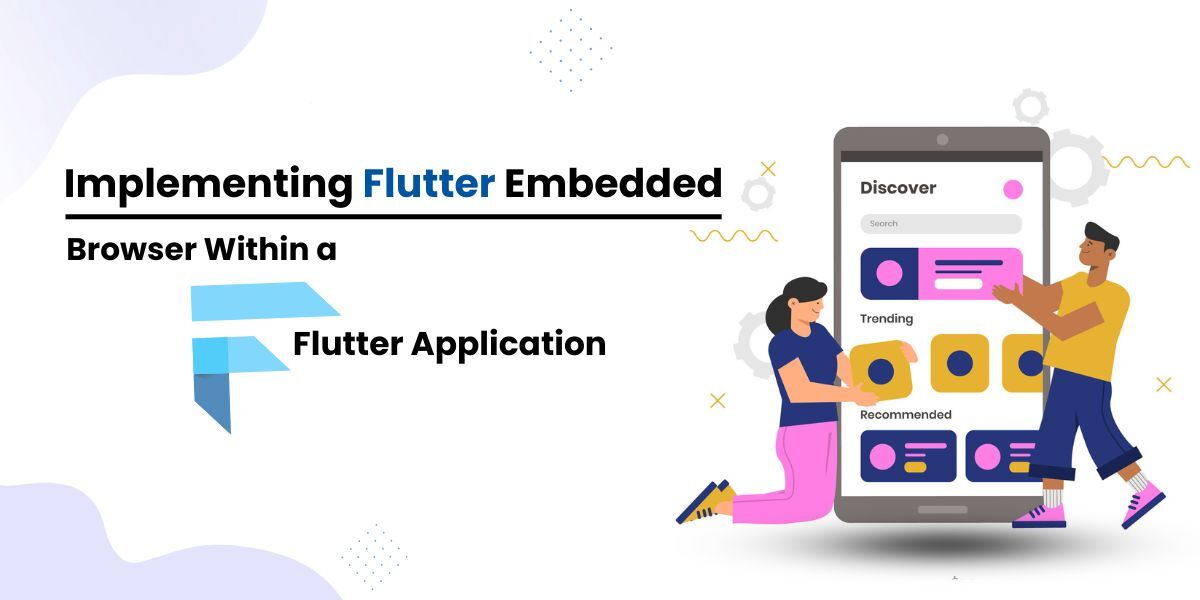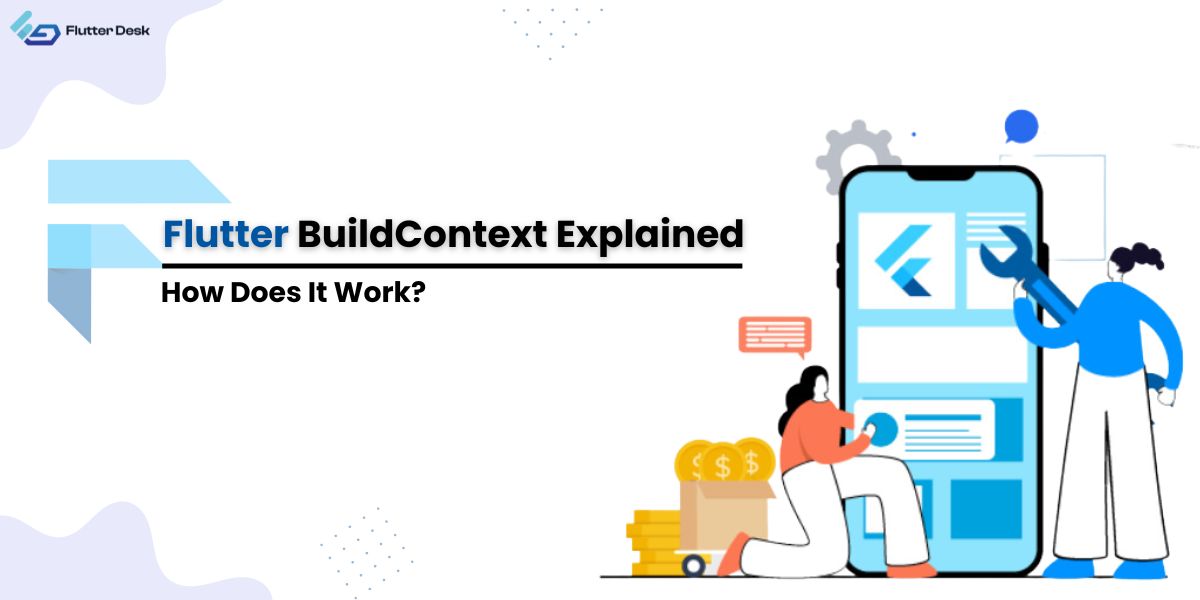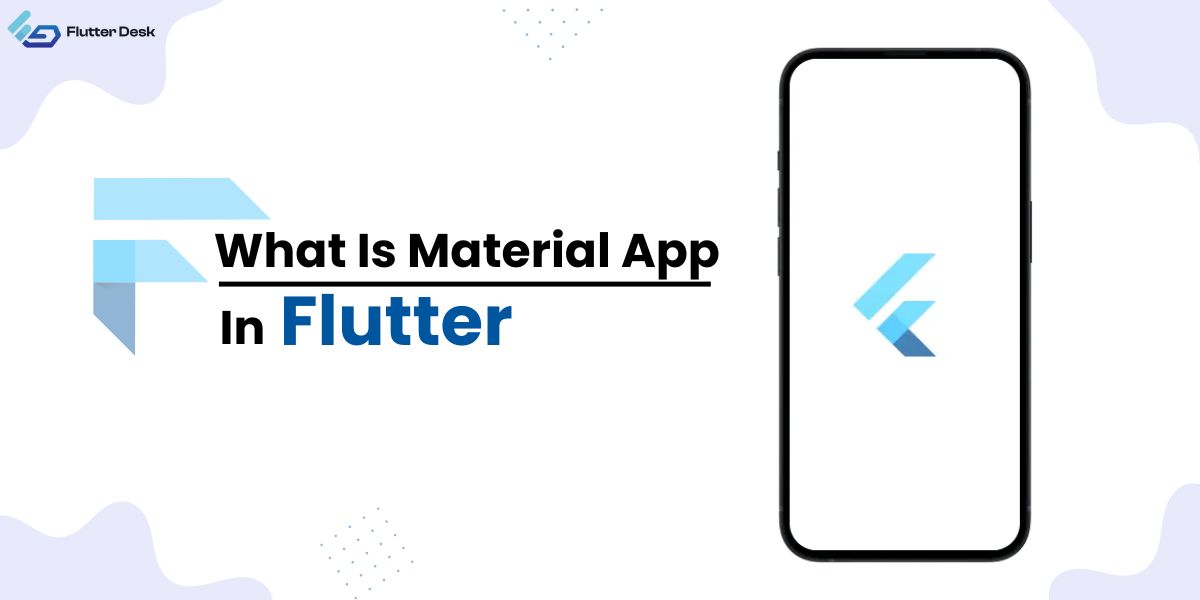Customizing app icons in Flutter is essential for making your app stand out and enhancing its visual appeal. A unique app icon not only captures users’ attention but also establishes a strong brand identity. Flutter makes it incredibly easy to change app icons, whether you’re a beginner or an experienced developer.
By using tools like VSCode and Android Asset Studio, you can quickly create and implement icons that perfectly represent your app.
One of the best aspects of Flutter is its flexibility and user-friendly approach. With the Flutter launcher icon package, you can generate app icons for different platforms effortlessly.
This blog will guide you through the entire process, from setting up your project in VSCode to using app icon generators like Android Asset Studio. By the end, you’ll have a customized app icon that enhances your app’s appearance and functionality.
Prerequisites
First and foremost, ensure you have the Flutter SDK installed on your system. This is the core tool required to build and manage your Flutter projects. If you haven’t installed it yet, you can find the detailed installation guide on the official Flutter website.
You’ll also need a code editor, and we recommend using VSCode for its robust support for Flutter development. Make sure you have the Flutter and Dart plugins installed in VSCode to streamline your workflow. Additionally, familiarize yourself with the Flutter launcher icon package, as it will be a key tool in generating and applying your new app icons.
For creating the icons, an app icon generator like Android Asset Studio can be extremely helpful. This tool allows you to generate icons in various sizes and resolutions required for different platforms. Having these tools and packages ready will make the process of changing your app icon in Flutter smooth and straightforward, even if you’re just starting.
How To Change The App Icon In Flutter Vscode?
Setting Up The Project
To begin, open your Flutter project in VSCode. If you don’t have VSCode installed, download and install it from the official VSCode website. Once installed, open your Flutter project directory in VSCode by selecting File > Open Folder and navigating to your project folder.
Ensure all your dependencies are up to date by running the following command in the terminal:
flutter pub get
This command fetches the latest versions of all the packages listed in your pubspec.yaml file. Keeping your dependencies updated ensures that you have the latest features and bug fixes.
Using the Flutter Launcher Icon Package
The Flutter launcher icon package simplifies the process of generating app icons for your Flutter project. To add this package, open your pubspec.yaml file and add the following lines under dev_dependencies:
dev_dependencies: flutter_launcher_icons: ^0.9.2 flutter_icons: android: true ios: true image_path: "assets/icon/app_icon.png"
Replace assets/icon/app_icon.png with the path to your custom app icon image. Ensure that the image is a PNG file and is located in your project’s assets directory. If the assets directory does not exist, create it and place your icon image inside.
Next, run the following command in the terminal to generate the app icons:
flutter pub run flutter_launcher_icons:main
This command will generate the necessary icons for both Android and iOS platforms and update the respective configuration files in your project. The Flutter launcher icon generator takes care of resizing and formatting the icon for different devices and resolutions, saving you time and effort.
Generating App Icons
To generate app icons, you can use the Flutter launcher icon generator. This tool automatically creates icons in the necessary sizes and formats for both Android and iOS platforms. After adding the Flutter launcher icon package to your pubspec.yaml file, run the command:
flutter pub run flutter_launcher_icons:main
This command processes your custom app icon and generates the required icons for all supported devices. The generated icons will be placed in the appropriate directories and referenced in the necessary configuration files, ensuring your app icons appear correctly on all devices.
For additional customization, you can use an app icon generator like Android Asset Studio. This online tool allows you to create icons in various sizes and resolutions, providing a simple interface to upload your base image and generate icons for different screen densities. Once you’ve created your icons with Android Asset Studio, you can download them and manually place them in your project’s ‘res’ directory for Android or the Assets.xcassets directory for iOS.
By using these tools, you can ensure your app icons are optimized for different devices and resolutions, giving your app a professional and polished look.
Customizing App Icons for Android and iOS
Changing App Icon for Android
To change the app icon for Android, navigate to the android/app/src/main/res directory in your Flutter project. Inside this directory, you will find multiple folders named mipmap-hdpi, mipmap-mdpi, mipmap-xhdpi, etc. These folders contain different versions of your app icon for various screen resolutions.
Replace the existing icons in these folders with your new icons, ensuring that the file names match the original ones. Once you have replaced the icons, open your AndroidManifest.xml file located in android/app/src/main and verify that the android:icon attribute points to the correct icon resource.
After updating the icons, use the following command to generate the APK with the new app icon:
flutter build apk
This command will compile your project and create an APK file that includes your updated app icons.
Common issues you might encounter include icons not displaying correctly due to incorrect file names or sizes. Ensure that each icon is correctly named and sized according to the specifications for each resolution. If you face any issues, double-check your file paths and names.
Changing App Icon for iOS
To change the app icon for iOS, navigate to the ios/Runner/Assets.xcassets/AppIcon.appiconset directory in your Flutter project.
Here, you will find several placeholders for your app icons, each representing different sizes and resolutions required by iOS devices.
Replace the placeholder images with your new app icons, ensuring that each icon matches the required dimensions. After replacing the icons, open your Info.plist file located in the ios/Runner directory and verify that the CFBundleIcons entry points to the correct icon set.
Next, build your iOS app with the new icons using the following command:
flutter build ios
This command will compile your project and create an iOS build that includes your updated app icons.
To ensure that your app icon appears correctly on all iOS sizes, make sure that each icon you provide is of the correct size and resolution as specified in the AppIcon.appiconset. Properly named and sized icons will prevent display issues on different devices.
Advanced Flutter Custom Icon Customization
Changing App Icon Programmatically
In Flutter, you can change app icons programmatically to provide users with a dynamic and customizable experience. This is particularly useful for apps that offer themes or seasonal icon changes. To achieve this, you’ll need to use platform-specific code. Here is an example of how to do it for Android:
First, create a method in your Flutter code to call the platform-specific code:
import 'package:flutter/services.dart';
void changeAppIcon(String iconName) async {
const platform = MethodChannel('com.example.changeIcon/icon');
try {
await platform.invokeMethod('changeIcon', {'iconName': iconName});
} on PlatformException catch (e) {
print("Failed to change icon: ${e.message}");
}
}
Next, implement the platform-specific code in your Android project. Modify the MainActivity.java file:
import android.content.ComponentName;
import android.content.pm.PackageManager;
import io.flutter.embedding.android.FlutterActivity;
public class MainActivity extends FlutterActivity {
private static final String CHANNEL = "com.example.changeIcon/icon";
@Override
public void configureFlutterEngine(@NonNull FlutterEngine flutterEngine) {
super.configureFlutterEngine(flutterEngine);
new MethodChannel(flutterEngine.getDartExecutor().getBinaryMessenger(), CHANNEL)
.setMethodCallHandler(
(call, result) -> {
if (call.method.equals("changeIcon")) {
String iconName = call.argument("iconName");
changeIcon(iconName);
}
}
);
}
private void changeIcon(String iconName) {
PackageManager pm = getPackageManager();
pm.setComponentEnabledSetting(
new ComponentName(this, iconName),
PackageManager.COMPONENT_ENABLED_STATE_ENABLED,
PackageManager.DONT_KILL_APP
);
}
}
Replace “com.example.changeIcon/icon” with your actual package name.
Using Custom Icons and SVGs
To add custom icons to your Flutter project, place your custom icon images in the assets directory and reference them in your pubspec.yaml file:
flutter: assets: - assets/icons/custom_icon.png
Use the custom icon in your Flutter code:
Image.asset('assets/icons/custom_icon.png');
For scalable vector graphics, use the Flutter SVG package. Add the package to your pubspec.yaml file:
dependencies: flutter_svg: ^0.22.0
Then, import the package and use it in your Flutter code:
import 'package:flutter_svg/flutter_svg.dart'; SvgPicture.asset( 'assets/icons/custom_icon.svg', width: 100.0, // Adjust as needed height: 100.0, // Adjust as needed );
Utilizing Flutter SVG allows you to maintain high-quality icons regardless of the screen size or resolution, providing a scalable and flexible solution for custom icons.
Ensure you provide the correct Flutter app icon size to maintain visual consistency across different devices.
Conclusion
Changing your app icon in Flutter is a straightforward process that enhances the visual appeal and branding of your app. By setting up your project in VSCode, using the Flutter launcher icon package, generating icons with tools like Android Asset Studio, and customizing icons for both Android and iOS, you can create a unique and professional look for your app.
Advanced options like changing app icons programmatically and using custom icons or SVG provide additional flexibility and creativity. Don’t hesitate to experiment with custom app icons to make your app stand out. If you need assistance or want to take your app to the next level, consider hiring a Flutter mobile app developer to bring your vision to life.

